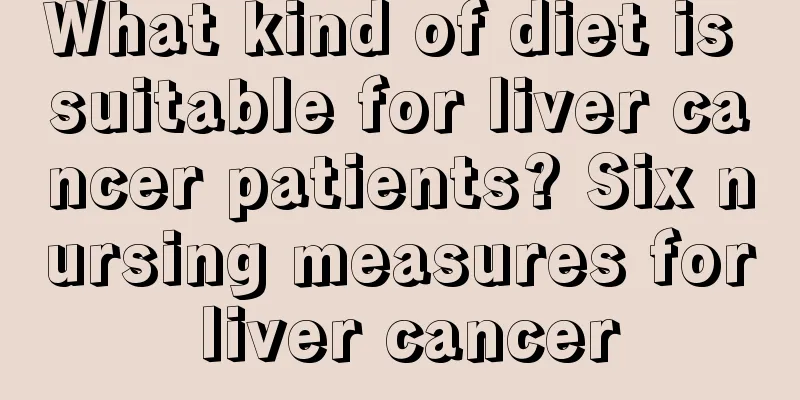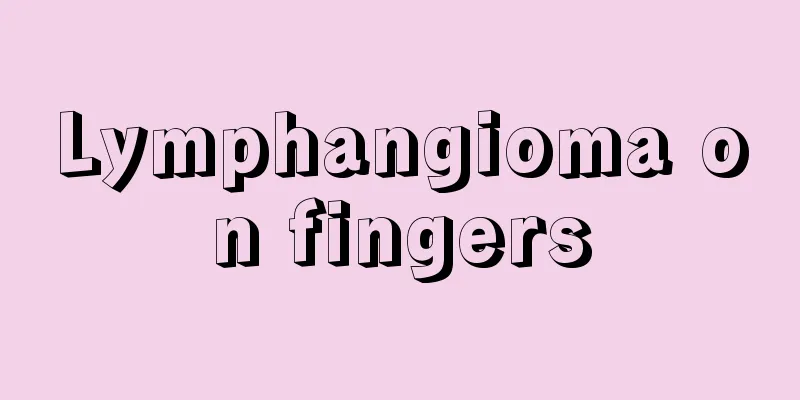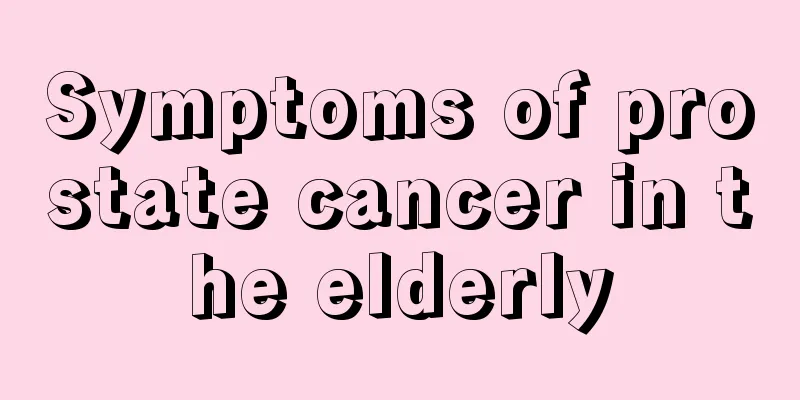What are the symptoms of gallbladder discomfort

|
Many people feel uncomfortable in their gallbladder, and often don't know where it is. The human gallbladder is mainly attached to small blood vessels and small bile ducts. If this part is uncomfortable, you should consider that there may be some such symptoms, such as feeling pain, local tenderness, dull pain, and recent digestive function is not very good, and it will also involve other organs of the body. 1 Where is the gallbladder located in the human body? The gallbladder is pear-shaped and is located in the gallbladder fossa under the right lobe of the liver. It is attached to the liver by connective tissue, which is called the gallbladder bed. They sometimes contain small blood vessels and bile ducts that connect the gallbladder to the liver. The gallbladder is divided into three parts: fundus, body, and neck. The bottom wall is thin and easily perforated. Adjacent to the gallbladder: Top: liver. Lower: duodenum, transverse colon (adhesions may form fistulas in case of cholecystitis); Left: pylorus of stomach; Right: colon 2 What is the function of the gallbladder? The gallbladder is a blind bag that is long and curved. The cystic duct is connected to the bile duct. When the stomach is fasting, the gallbladder receives bile secreted by liver cells and concentrates it. After people have a meal, the concentrated bile enters the intestine to help digestion and absorption of food. After the gallbladder is removed, the function of the gallbladder can be compensated by the bile duct, which has little effect on the body's nutrient absorption. 3 How is bile secreted and involved in digestion? Bile is produced by the liver. The liver continuously produces bile, with a daily production of about 1000 to 2000 ml. This varies with people's activities, the quality and quantity of their diet, and the amount of water they drink. The liver produces much more bile during meals than usual. Bile has two major functions. One is to act as a digestive fluid, mixing with food in the small intestine to help digest and absorb fat in food. The other is to excrete certain metabolic products from the liver. Under normal circumstances, the content of various components in bile remains relatively stable. When there are significant changes in the various components in bile, it will cause biliary diseases, such as the formation of gallbladder stones or bile duct stones. 4 What diseases can gallbladder cause? Cholecystitis and cholelithiasis are common diseases in abdominal surgery. It ranks third among acute abdomen diseases, after acute appendicitis and intestinal obstruction. There are also benign diseases such as gallbladder polyps and gallbladder adenomyosis. Gallbladder cancer is a malignant disease of the gallbladder. It is worth mentioning that the chance of chronic diseases of the gallbladder, such as chronic cholecystitis and gallbladder polyps, turning into gallbladder cancer is much higher than that of the normal population. 5 I often have a poor appetite and upper abdominal pain after eating. Is this cholecystitis? "Asymptomatic" gallbladder stones (quiet stones): The so-called asymptomatic means there is no biliary colic, almost no symptoms, and may even go undetected throughout life. Sometimes there are only mild upper abdominal distension, dull pain, discomfort, belching, etc. The symptoms are more obvious after eating greasy food and are easily mistaken for "hepatitis" or "gastritis". Physical examination reveals mild tenderness in the right upper abdomen, which can be felt when the gallbladder is filled with water. Biliary colic: severe colic in the right upper abdomen, radiating to the shoulder and back, accompanied by nausea and vomiting. It is caused by stone impaction. Sometimes the symptoms disappear due to the change of body position and the relief of impaction. Otherwise, secondary infection, suppuration, jaundice, perforation will occur, resulting in symptoms such as fever, peritonitis, and shock. Biliary colic often occurs after a full meal or greasy food, and in a few patients it occurs at night. |
<<: What are the symptoms of excessive heart fire
>>: Symptoms of herpes_What are the symptoms of herpes diagnosis
Recommend
What to do if you have gastrointestinal bleeding
Gastrointestinal bleeding requires immediate medi...
How to treat thick toenails?
In daily life, if you find that your toenails are...
How to wash cherry juice off clothes
Cherry is a fruit that many people like. Cherries...
What should I do if I have back pain recently?
Low back pain is a common symptom in our daily li...
Can early kidney cancer be cured?
Most renal cancer patients are asymptomatic renal...
Lost a small patch of hair on top of your head?
Young people nowadays are under great pressure at...
How to make pickled ginger
Ginger is a very common ingredient in our daily l...
Artificial conception process
Artificial insemination is a technology that help...
Can I have a kidney transplant if my thyroid cancer is partially removed and there is no recurrence?
Whether a thyroid cancer patient can undergo a ki...
Three major mechanisms of cellulose in preventing colon cancer
Since the 1970s, there have been more and more re...
Candida Treatment
Many people don’t know what Candida is. Candida i...
8 "crazy" facts about the human body
The human body is like an unsolvable mystery that...
What is the reason for having a sweet mouth?
Many friends experience a bitter taste in their m...
Who are not suitable for sweat steaming
It may bring us many benefits, but sweat steaming...
Mild cross-eye correction training
As the saying goes, eyes are windows to the soul,...









